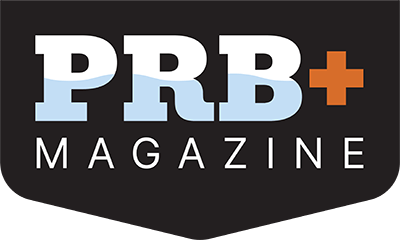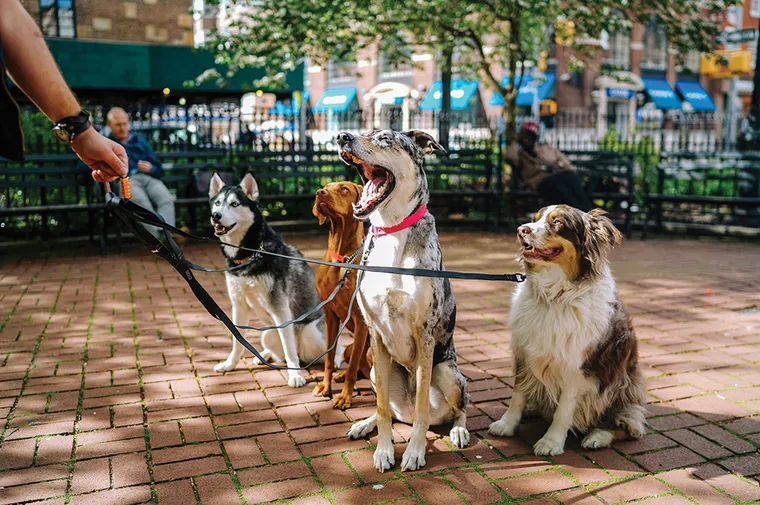Areas for canines must be well-designed to ensure success
Dog parks are having their day, becoming the amenity not only in parks but in neighborhoods at both the urban and suburban levels, as well as in multifamily settings.
Statistics from the Trust for Public Land show that, between 2009 and 2020, there was a 40 percent increase in the development of public dog parks. In fact, the parks are more in-demand than swimming pools in many installations. For municipalities that have been asked to build a dog park, it is imperative that officials understand the design considerations.
Like other recreational facilities, dog parks require a mix of good design elements, proper location, correct surfacing, and other amenities to be successful. That mix takes time. Yet dog owners will want to see the park constructed quickly and opened for immediate use because they’re unaware of the decision-making process.

